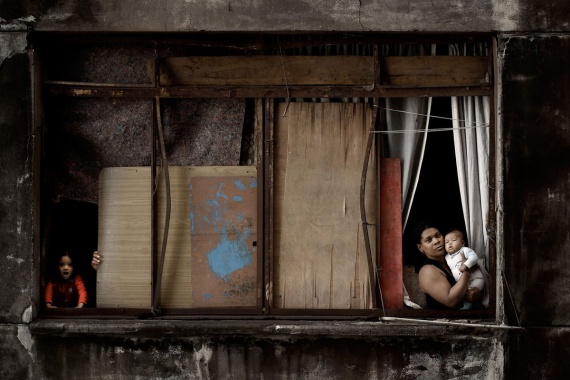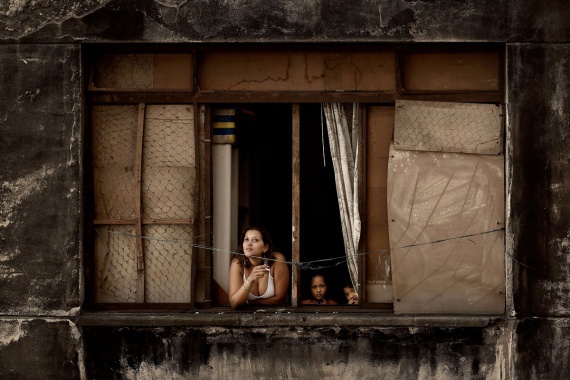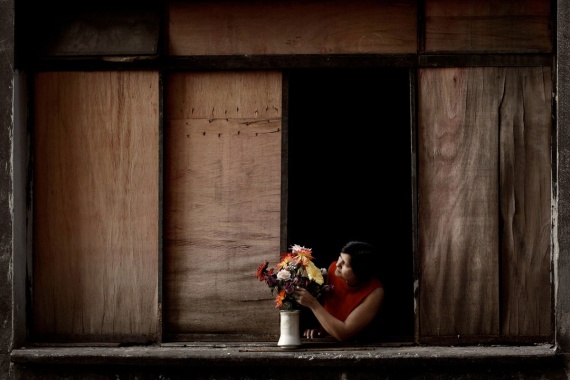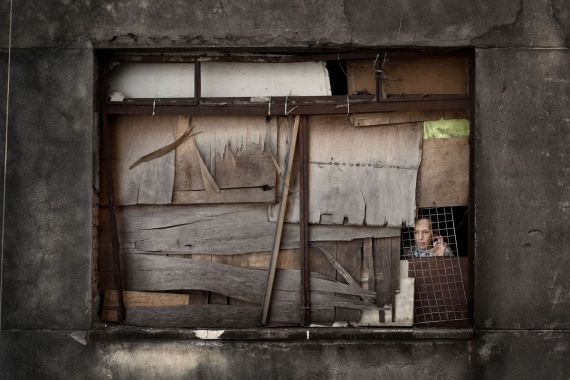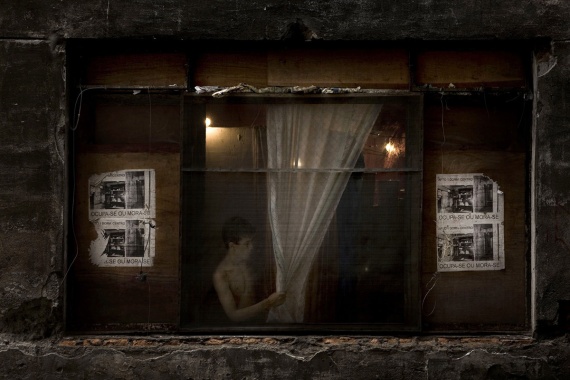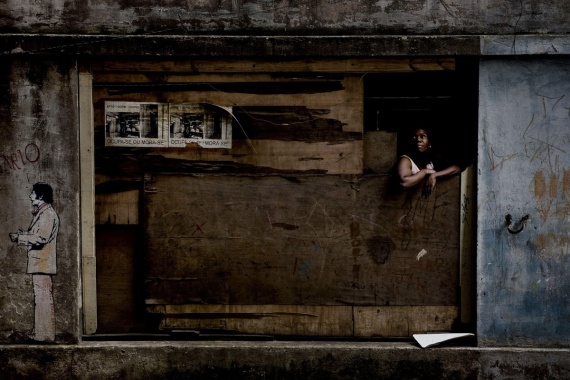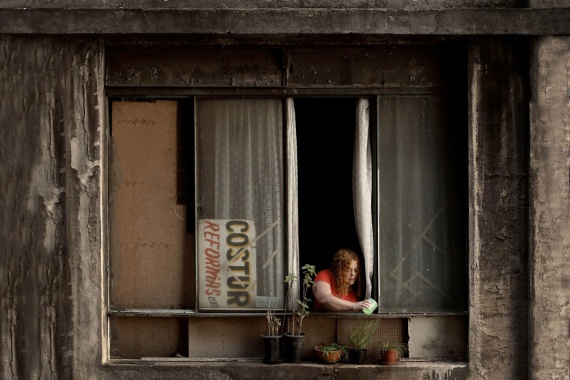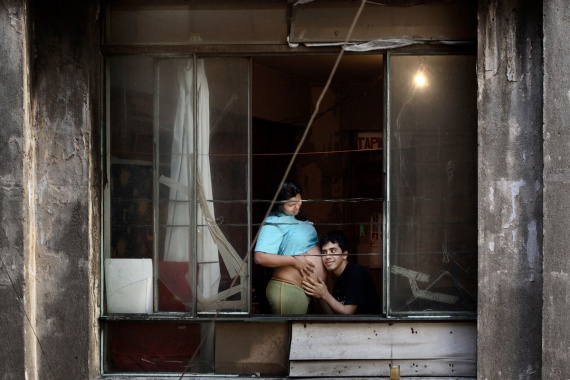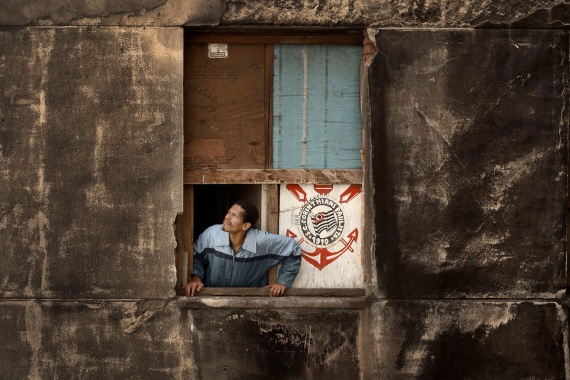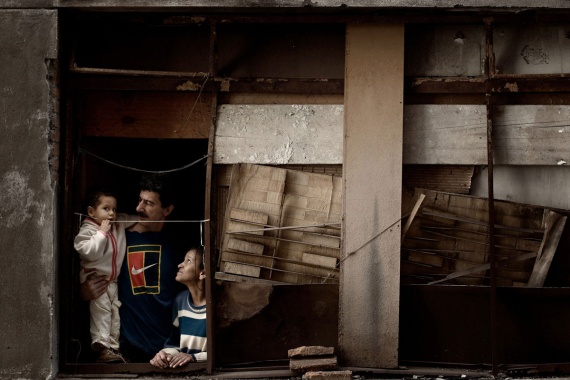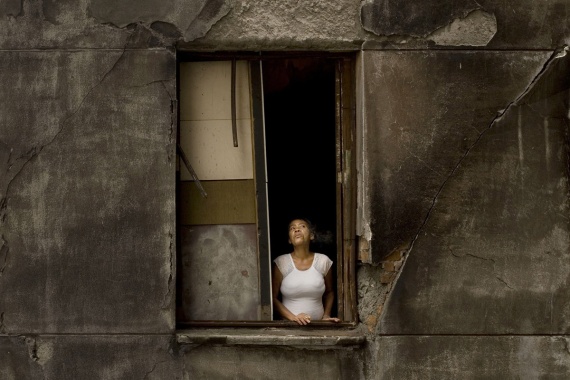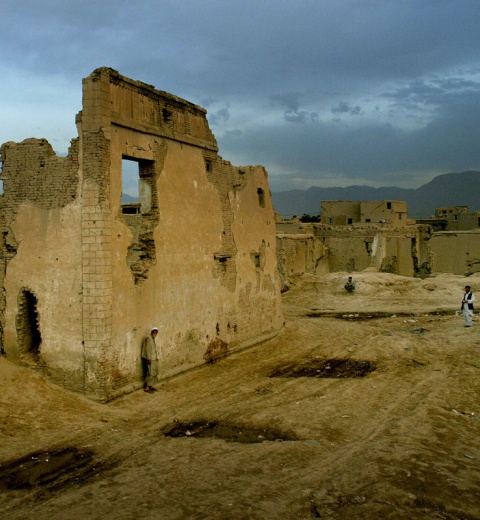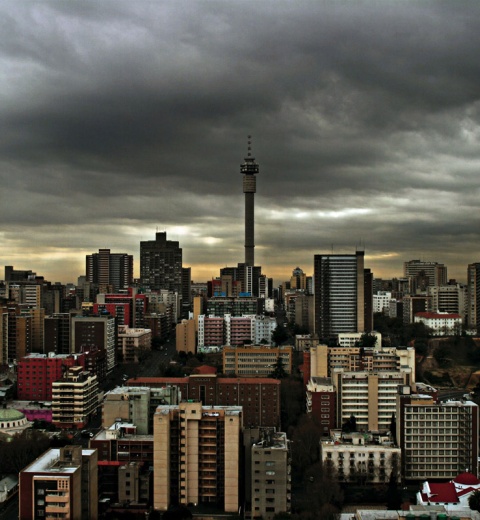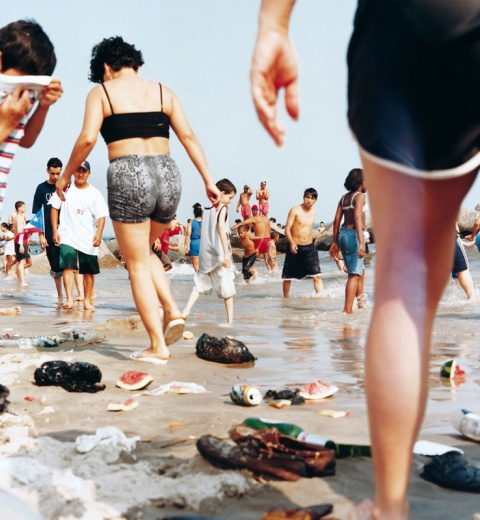Julio Bittencourt – In a window of Prestes Maia 911 building, 2007
A window into life: Julio Bittencourt documented living conditions in a dilapidated block of flats in his home town of São Paulo, offering us profound glimpses into an overcrowded neighbourhood. These rather poetic insights tell a story of poverty and suffering, but also of the dignity of life. In 2007 he received the Leica Oskar Barnack Award for his series, In a window of Prestes Maia 911 building.
Julio Bittencourt’s series gives a face to the homeless people who have been living at house no. 911 in Prestes Maia Avenue in the heart of São Paulo ever since November 3, 2002. Since its occupation by an organization for the homeless, it offers accommodation for over 1200 people. Bittencourt approached the inhabitants as a photographer, without forcing his way into their immediate living space. In a strictly formal composition, he portrayed the inhabitants at each of the building’s 364 windows. At the interface between the sheltered interior and the unfriendly, outside world, they show how much life and security the shabby walls provide. Signs of dilapidation, such as walls blackened by soot and makeshift patches on broken windows, intensify the contrast between the inside and outside worlds.
“I wanted to show the symbolic and physical barrier resulting from the decay of the building materials, while showing the dignity of the people who survive in all that decay.”
Childhood memories were the inspiration for the unusual series. “I grew up in one of those countless buildings that turned São Paulo into a mega city,” he says. “People mostly communicated from window to window.” Bittencourt’s use of exterior perspectives is misleading. To take the photographs, he had to enter apartments across the way, so that the pictures of windows were also taken from windows. “The people knew what was going on,” he explains. “I placed them in the scenes. It doesn’t matter that this is visible in the pictures, even if at times everything appears quite random.” Bittencourt visited the protagonists over a number of weeks before starting to work. He listened to their problems and dreams, and developed ideas for his pictures based on their stories. The camera was only brought out once a certain trust had been established between the photographer and the subject. From window to window, fragmented, respectful and yet unsparing, Bittencourt had to walk a fine line. “A 50mm lens allowed me to choose the ideal frame, without distorting the edges of the picture.” By using a consistent perspective, he created a strictly formal frame, allowing for optimal concentration on the content.
The building was vacated in summer 2007; but since 2010 it has been occupied once again.
(Text updated 2020)
“Several doors were opened, and the LOBA was definitely the biggest impulse I ever received from any award in terms of furthering my career.”
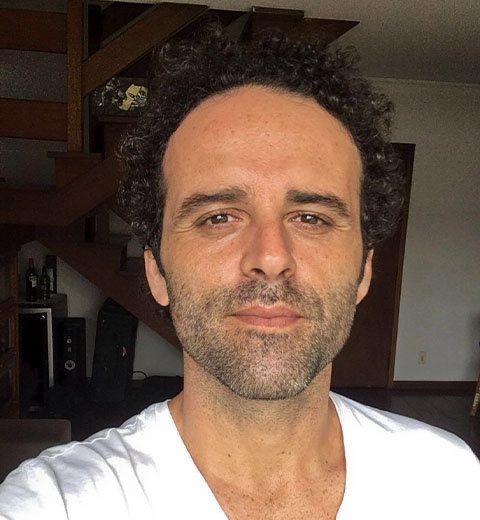
Julio Bittencourt
Born in Brazil in 1980, Julio Bittencourt grew up in São Paulo and New York. The autodidact has been working as a photographer since 2000. His award-winning series, In a Window of Prestes Maia 911 Building, appeared as a book in 2008. His work is exhibited around the world and is published in prestigious newspapers and magazines.
In 2007, Leica Camera AG’s traditional competition also granted Honourable Mentions to the Spanish photographer José Cendon, for a reportage project on psychiatric hospitals in East Africa, and the Norwegian photographer Margaret M. de Lange, who captured the childhood and youth of her two daughters in a long-term photographic project.
